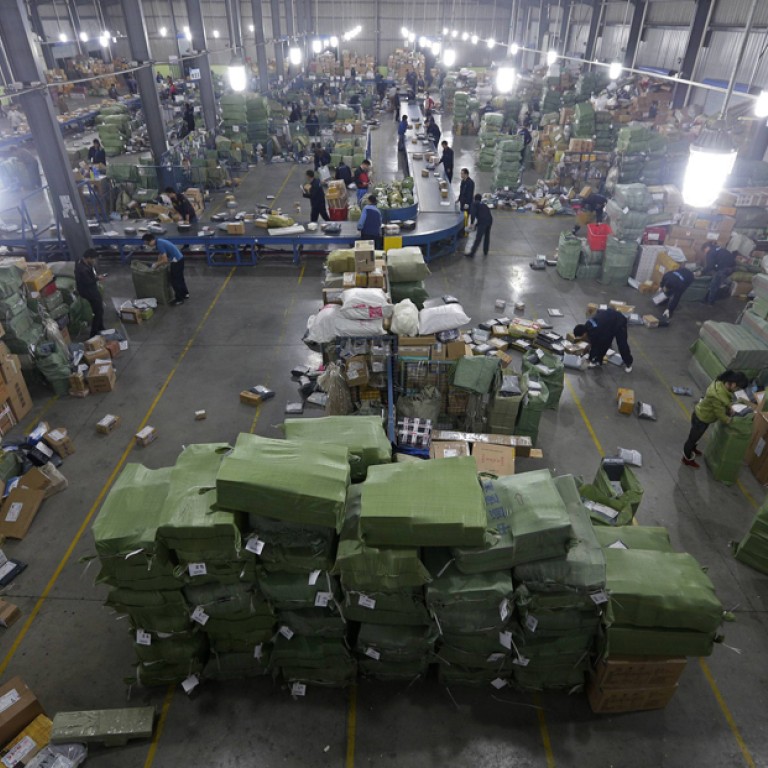
Innovation holds key to green growth
Lord Hunt says growth must nonetheless rely on sustainable resource use
Following a recent meeting between Asian Development Bank president Takehiko Nakao and Chinese Finance Minister Lou Jiwei , the bank has pledged its support for green and inclusive growth in China by providing US$4.21 billion in the next two years for urban development, water supply and sanitation, and transport projects aligned with the current 12th five-year plan.
The announcement comes as the "green growth" approach is receiving growing support at the expense of an alternative "green economy" paradigm, which is increasingly viewed as politically unacceptable, largely because it will probably mean lower standards of living for many in the developing world.
Green growth, by contrast, implies rising consumption of resources, food and energy - and thus higher standards of living. However, implicit in this approach is that developing countries must also introduce fundamental changes in patterns of consumption, technology and agriculture to ensure a sustainable future for their growing populations.
The importance of sustainability for economic growth was illustrated during the 2011 intense floods in Thailand, which disrupted the country's car industry, with knock-on effects for international supply chains. And in Asia, this year, there have been several examples of severe air pollution in cities spreading over hundreds of kilometres. This disrupted both economic activity and affected the health of millions, underlining the urgency of speeding up measures to protect the atmosphere.
Despite its popularity, green growth also poses extraordinary challenges, nowhere more so than in China. One example is choosing appropriate policies, which can be controversial. China, for instance, is promoting online shopping and local delivery centres "on every street corner". However, critics question whether the global shipping of consumer goods will not massively increase air pollution emissions.
It is clear that for more people to enjoy better standards of well-being, while promoting sustainability, enhanced innovation is needed to reduce consumption of physical materials and damage to sensitive ecologies and resources. Some small states and cities in the developing world are showing the way, with world-class, low-emission transport, low-energy housing, agriculture with low energy and minimal water use, and bio-energy.
At a continental scale, developing countries have a record of establishing innovative energy and water networks, although transport and trade networks have emerged more slowly. Buckminster Fuller's vision of a world electricity network is becoming closer as Europe, Russia and China are linking together, and other Asian nations plan to join. This is a key part of green growth and will bring significant benefits.
For the developed world, a key challenge is how best to share knowledge about green growth with developing countries and, just as important, how to convince more decision-makers that economic development needs to be based on optimum long-term use of natural resources.
It is clear that green growth represents a key, emerging development paradigm, and that China will probably be the crucial test bed. Whether this approach is widely adopted and proves successful will have vital implications not just for the developing world, but also for global environmental sustainability.
